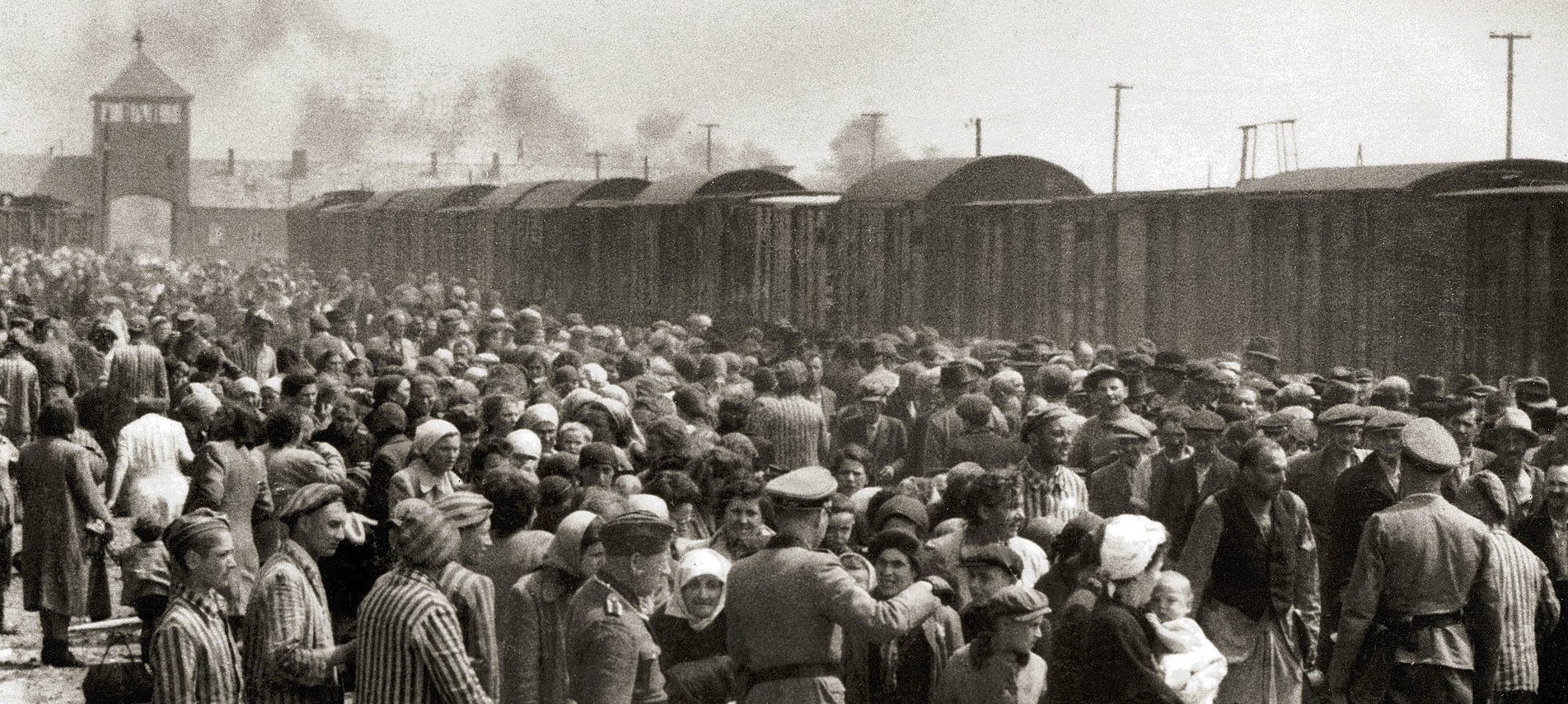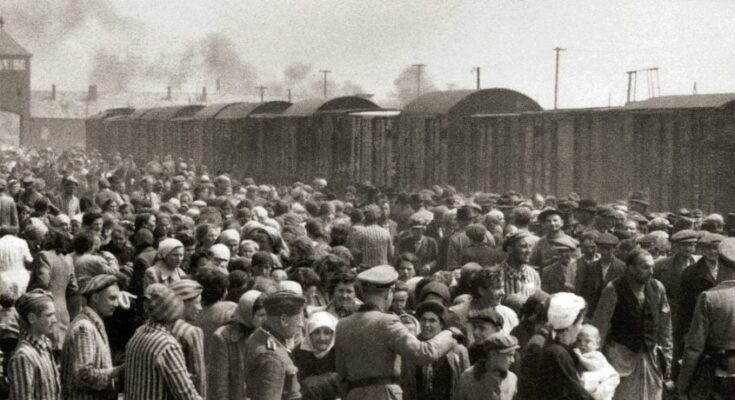
Nazi Germany was responsible for countless atrocities within its own country and others. Of course, the Nazi government was primarily responsible for these terrible actions. However, what role did religion play? After all, Nazi Germany was overwhelmingly an ostensibly Christian country. Did the churches actively support the Nazis? Did they oppose the government? Or were they indifferent?
Religion in Nazi Germany
Studies reveal that just over half of the population of Nazi Germany in 1939 considered themselves Protestant. Another forty-one percent considered themselves Catholic. These churches had a strong presence in Nazi Germany, so it is certainly worth asking what role they played in that era. The fact that Nazi Germany actually came to power in 1933 and yet the vast majority of the population were still either Protestant or Catholic in 1939, shows clearly that those religions had a reasonable relationship with the government.
Famously, the Nazis were not averse to persecuting religions that they did not like. Jehovah’s Witnesses are undoubtedly the most well-known example of a religion that was persecuted by the Nazis.
This persecution resulted from the fact that Jehovah’s Witnesses, due to their conviction of political neutrality, refused to express any support for the Nazi government. They also published literature condemning the actions of the Nazis. As a result, Nazi Germany made Jehovah’s Witnesses completely illegal and thousands were sent to concentration camps.
A few other religions faced outright bans or legal restrictions. However, the Catholic and Protestant churches were allowed to thrive within Nazi Germany, as long as they maintained a good relationship with Hitler.
The pope’s concordat with Hitler
In 1933, shortly after the Nazi party came to power in Germany, Hitler signed a treaty with Pope Pius IX in Italy. This type of treaty is called a concordat. The primary purpose of the treaty was to ensure the continuation of the Catholic Church in Germany. Unlike some other religions, the Catholic Church did not wish to face persecution by the Nazis.
The concordat allowed the Nazi government to essentially control the appointment of new bishops and archbishops within the Catholic Church. It also demonstrated outright support of the government by the pope. In fact, it was the first major expression of support that the Nazi government received after coming to power.
One prominent cardinal sent a letter to Hitler to express his congratulations after the signing of the concordat. He wrote:
For Germany’s prestige in East and West and before the entire world this handshake with the Papacy, the greatest moral power in the history of the world, is a feat of immeasurable blessings… Coming from the bottom of our heart: May God bless the Reich Chancellor [Hitler] for our people.
The concordat between the pope and Hitler was truly a dramatic expression of support for Nazi Germany by the Catholic church. In line with this support from the Vatican, the Kingdom of Italy, governed by Mussolini, worked closely with Nazi Germany.
Later support for Nazi Germany
As the years went on, Nazi Germany put more and more pressure on Jews, Jehovah’s Witnesses, and other minorities in the country. How did the churches react? The concordat between the Catholic Church and Nazi Germany remained in place.
As late as 1938, while persecution of Jews and others were well underway, the Archbishop of Vienna named Cardinal Innitzer ordered all churches in Vienna to pray for Hitler and display the swastika on the dictator’s birthday.
Even after the infamous Night of Broken Glass, in which the Nazis engaged in overt mob violence against the Jews, the Catholic Church continued to support the Nazi government. In a letter written in 1939 upon the outbreak of World War II, Catholic bishops wrote:
In this decisive hour we admonish our Catholic soldiers to do their duty in obedience to the Fuehrer and to be ready to sacrifice their whole individuality.
An interesting contrast emerges with some of the Orthodox Churches of Greece. There, some churches attempted to help Jews fleeing from the Nazis by providing them with forged baptismal certificates.
Did the Protestant Church support Nazi Germany?
Although the Catholic Church’s support for Hitler was more monumental, Protestant support certainly existed as well. In fact, it was primarily by Protestant voters that Hitler rose to power in the first place.
During the reign of the Nazis, many Protestant clergymen proudly displayed the swastika in their churches, displaying their open support for Hitler. However, over the course of the Nazi reign over Germany, some Protestants did try to oppose Hitler. Some individuals stand out as excellent and commendable demonstrations of courage.
However, the efforts of the Protestant Churches were generally half-hearted. The Council of the Protestant Church in Germany itself admitted this in a document known as the Stuttgart Declaration of Guilt. In part, it reads:
We did fight for long years in the name of Jesus Christ against the mentality that found its awful expression in the National Socialist regime of violence; but we accuse ourselves for not standing to our beliefs more courageously, for not praying more faithfully, for not believing more joyously, and for not loving more ardently.
Although this does not admit to any specific actions, it does reveal the guilt of the Protestant Church in Nazi Germany.



